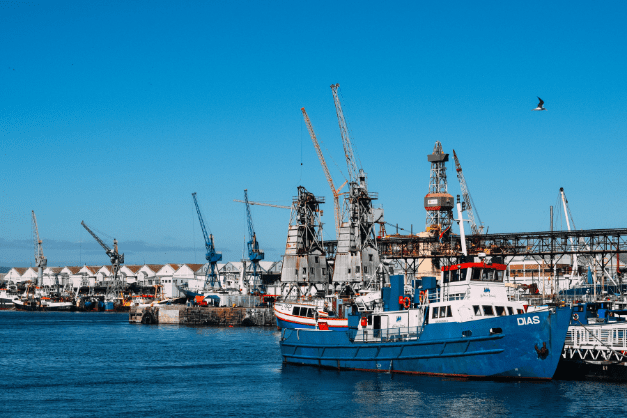In this article
As COVID-19 created supply chain disruptions all over the globe, various players through 2020-21 turned to air freight to ferry their goods. Amazon, for example, started its own air freight service to take on pandemic-induced disruptions, as a reflection of increasing demand. When people stayed home, the e-commerce industry boomed, with more and more people ordering online. As a result, demand exceeded capacity.
But now in 2022, demand has declined as purse strings tighten. Homeowners are spending less, reacting to inflationary pressures. As a result, shipping capacity is stable and port congestion woes have decreased significantly. As the waterways open up, air freight seems to have lost its luster. Shippers are flocking to the ocean to ferry goods, and air freight rates have crumbled as a result.
In November, rates on the China-North America trade lane fell more than 40% YoY, according to a Freightos report. Spot rates on the general TransPacific lane were down 32% YoY, though still higher than pre-pandemic levels, according to Xeneta’s Clive Data Services. Despite hopes for a late peak season boost, demand fell 2% in November compared to October, with volumes declining for the ninth consecutive month, according to Clive. As a result, air cargo rates dropped for the third consecutive month in November as demand slows and shippers flock to an improved ocean landscape, according to a Dec. 7 update from Clive.
As of this week, air freight rates from Asia to the U.S. remain on a steady decline. The current rate for shipments from China to the US is roughly $6.14 per kilogram as of Dec.12, down 56% YoY, according to the TAC Index. This year, air rates on this trade lane hit a peak of $12.18 per kilogram in early January. Rates from Vietnam to the US stand at $3.79 per kilogram, down 79% YoY.
Key Takeaways
Ocean transport’s improved market landscape has prompted some retailers to move shipments away from air freight and back onto boats, despite longer transit times. With a fall in demand, container availability, and ocean freight resuming some normalcy, shippers probably find the ocean to be a more lucrative bet.
Looking ahead though, shippers are expected to see ongoing benefits from softening rates in both air and ocean, potentially lowering shipping costs in 2023. In turn, industry stakeholders are opting for shorter capacity commitments as well. Distribution of contract rates for shippers shows commitments of over three-month contracts hardly exist in Q4 this year. Amid so much market uncertainty, clearly, industry parties are increasingly choosing shorter-term deals as they wait to see how business trends unfold in the coming months.
Want to stay up-to-date on the latest logistics news? Subscribe to the Manifest newsletter to get industry updates, insights, and Logixboard announcements delivered straight to your inbox every week.
